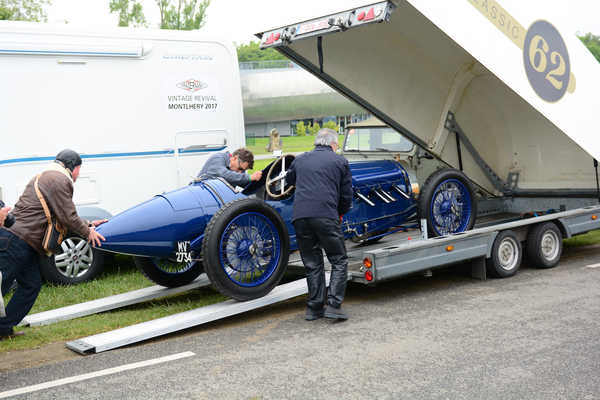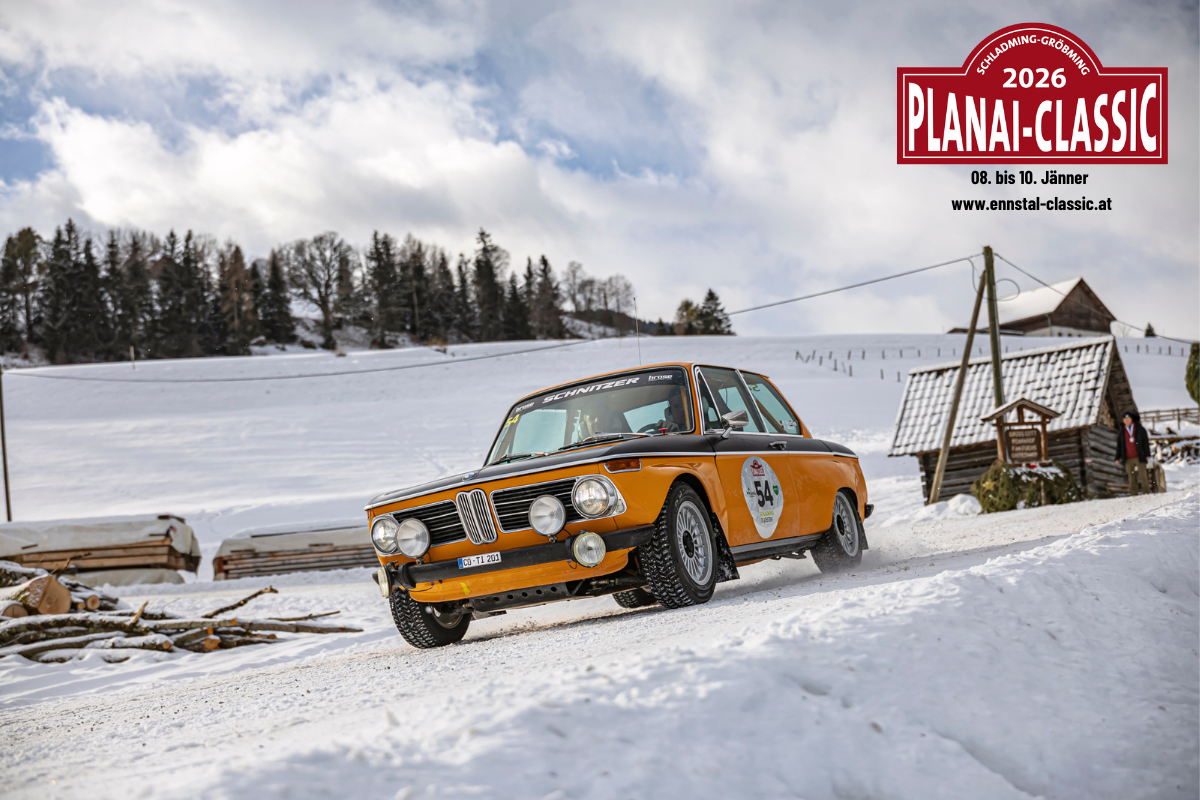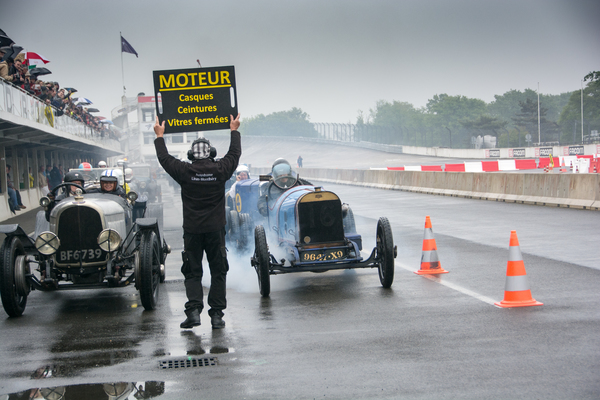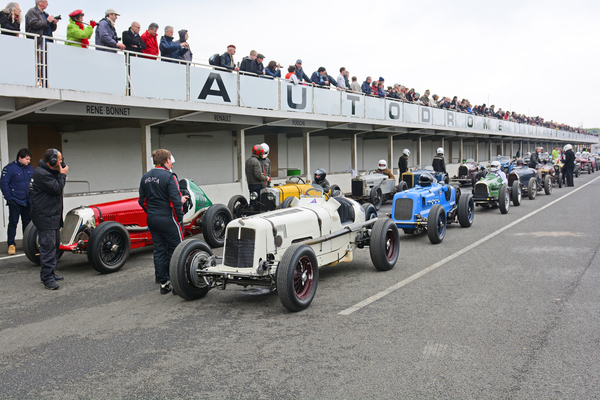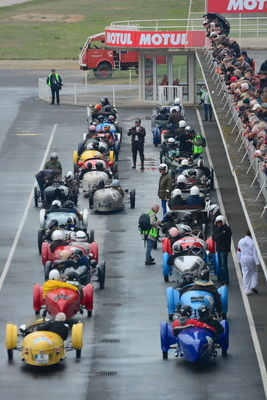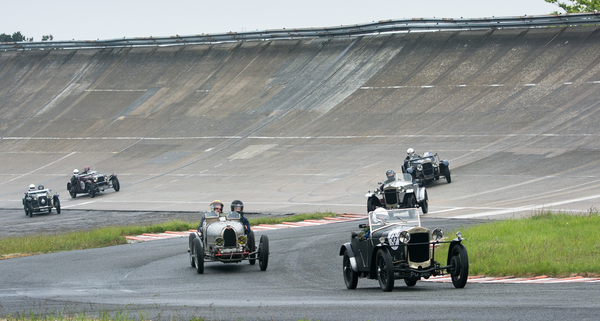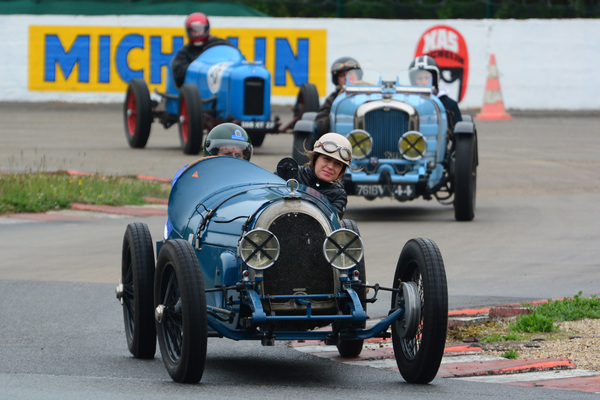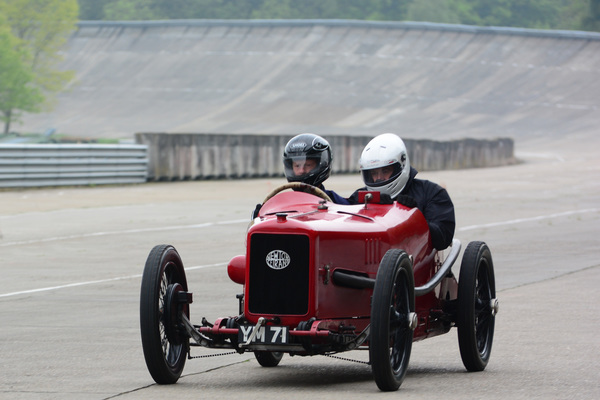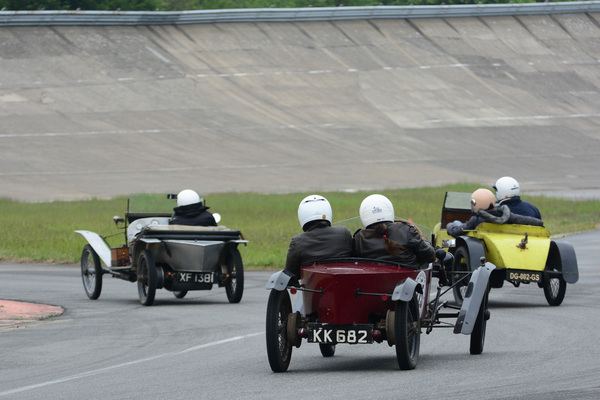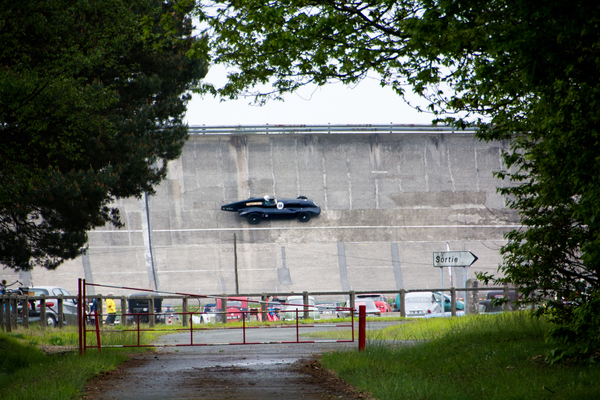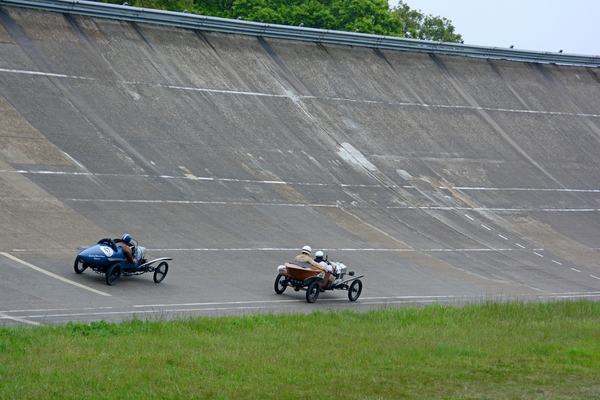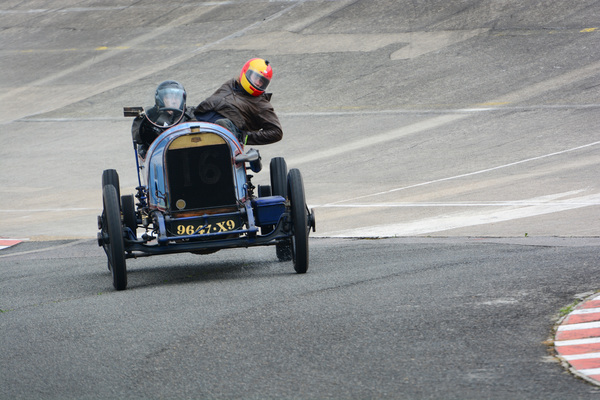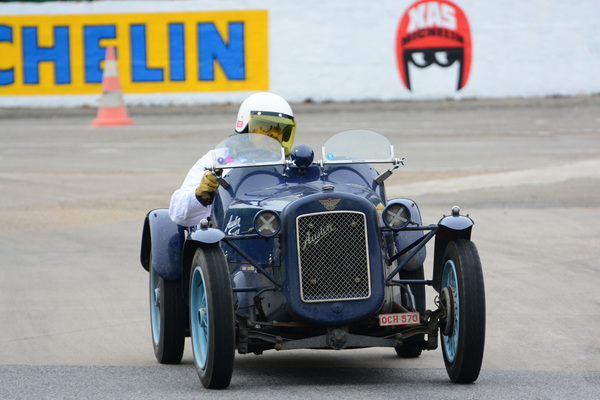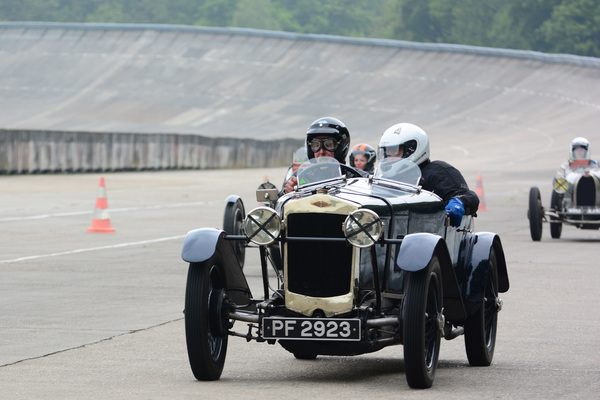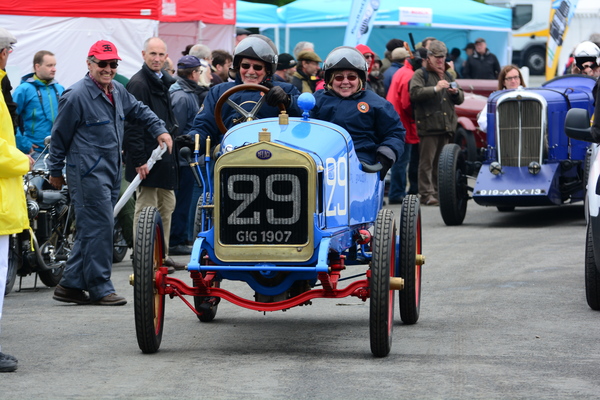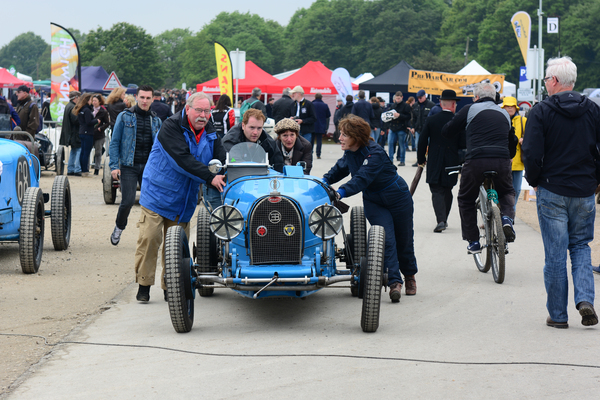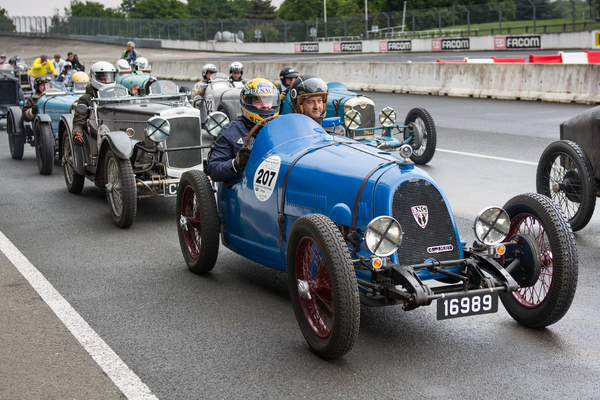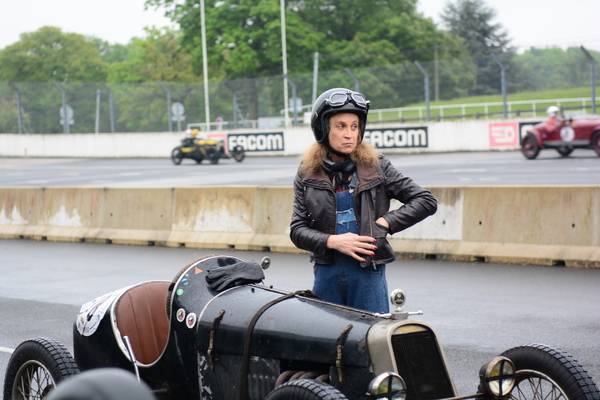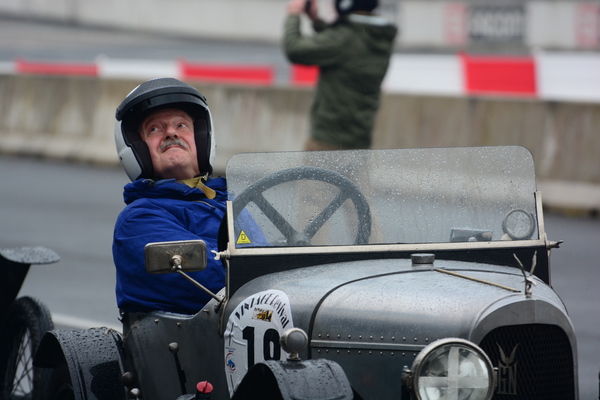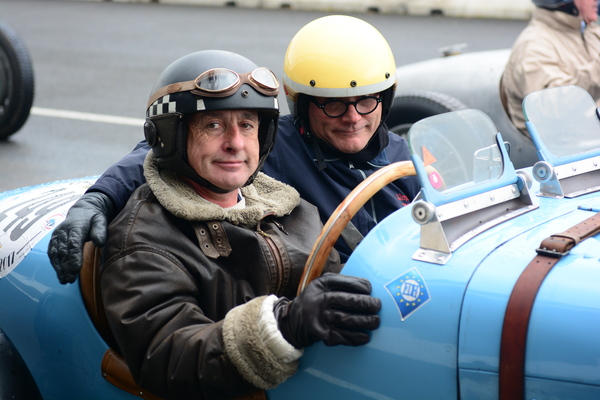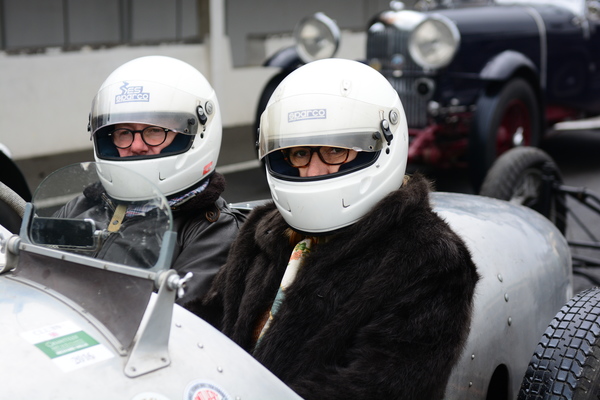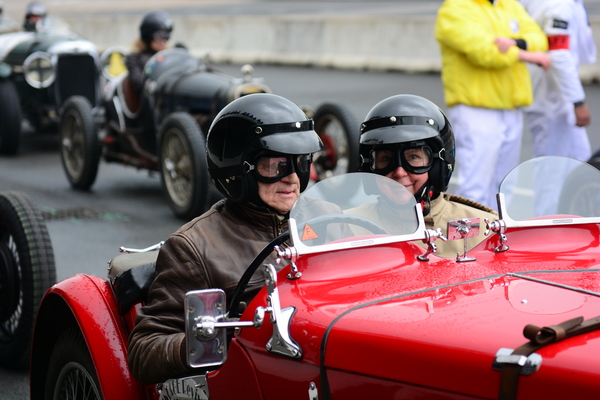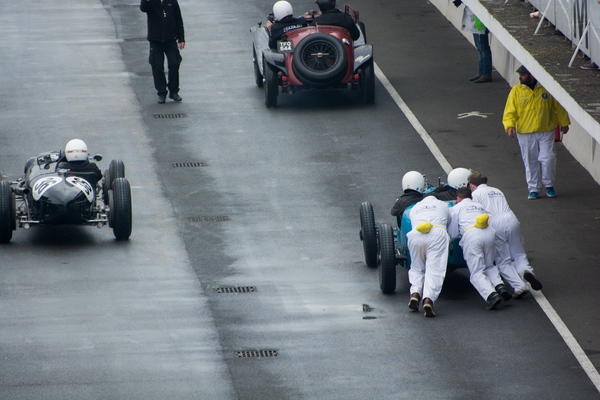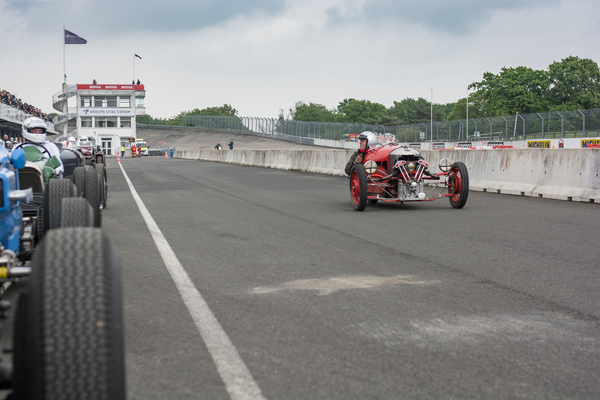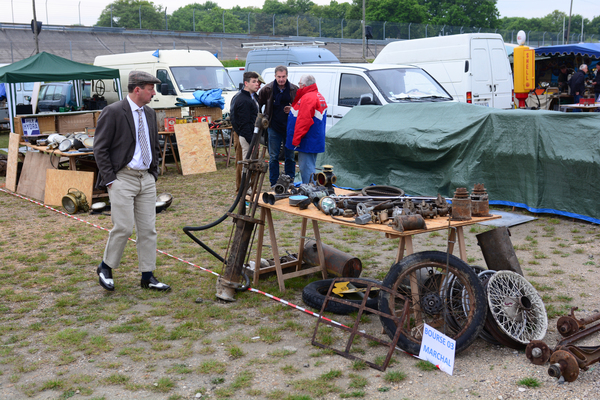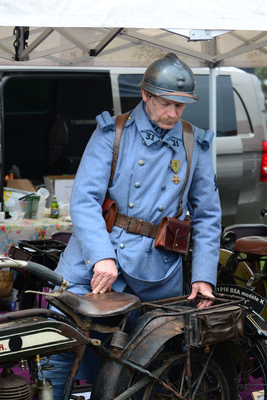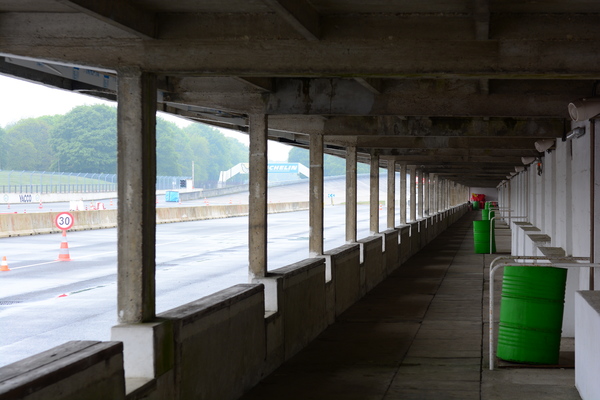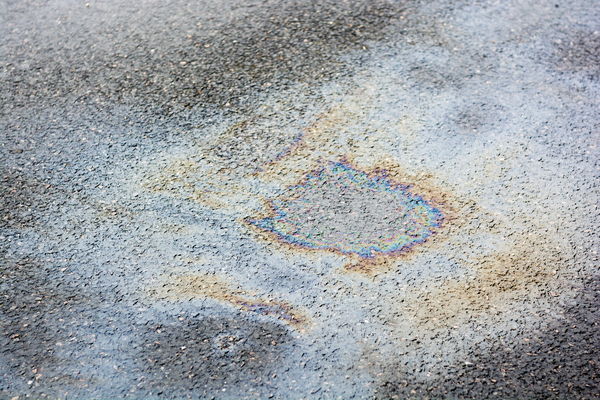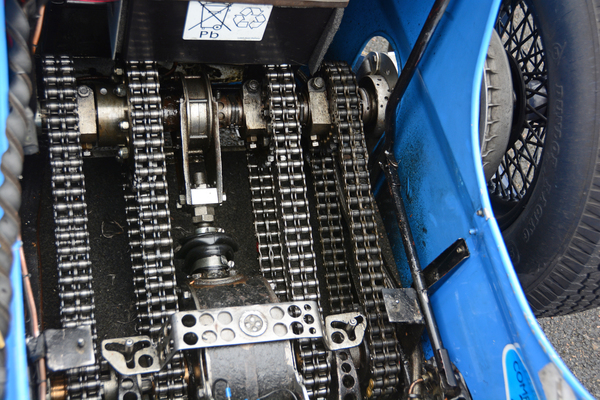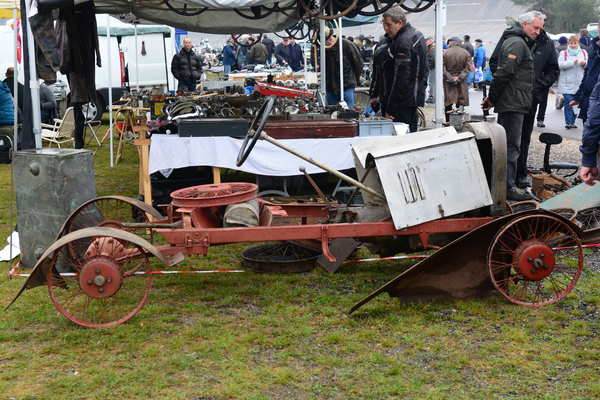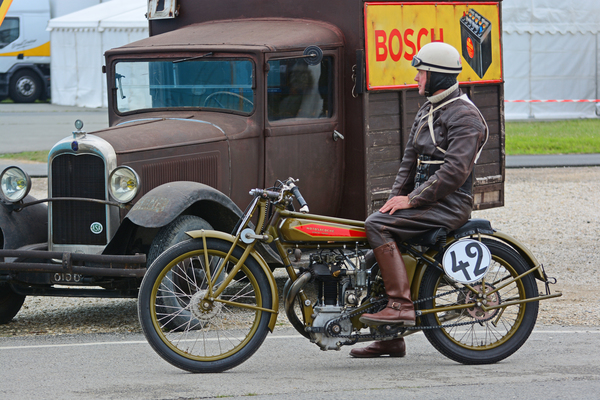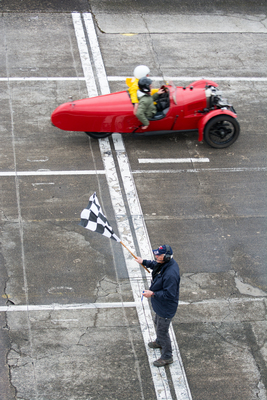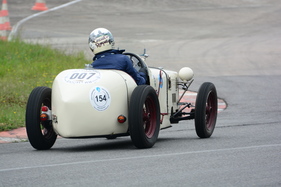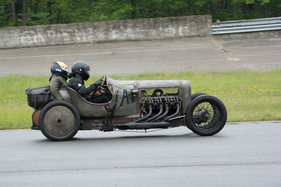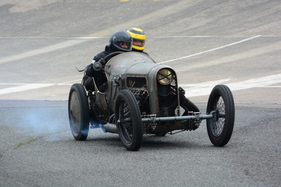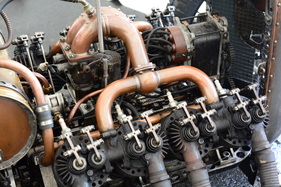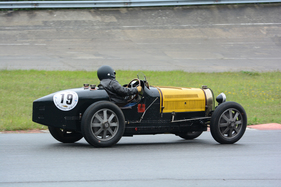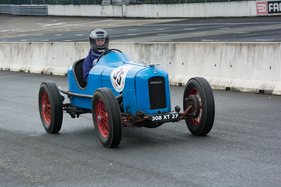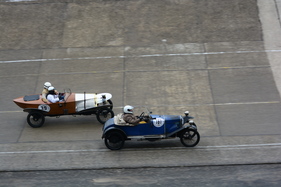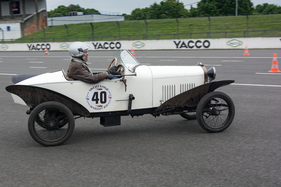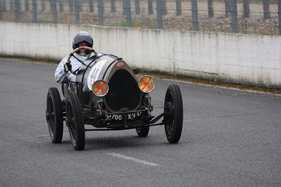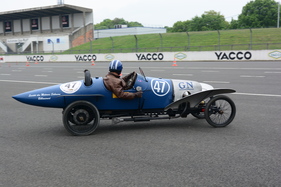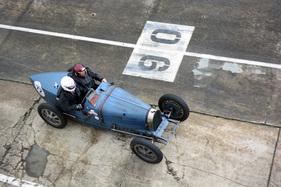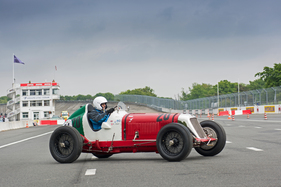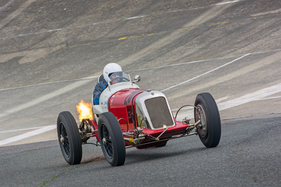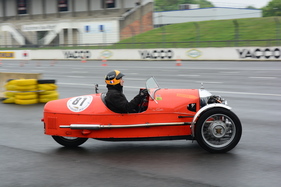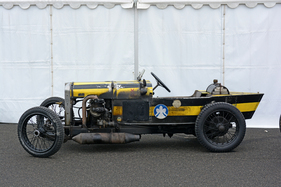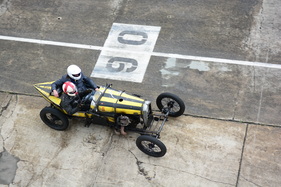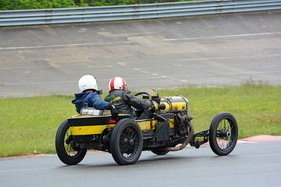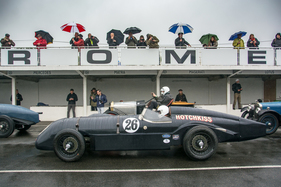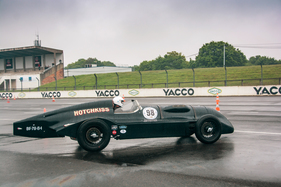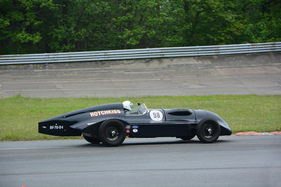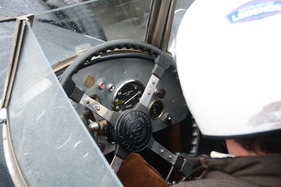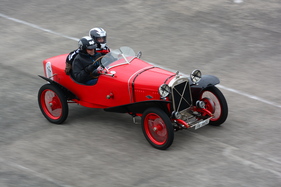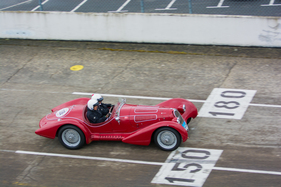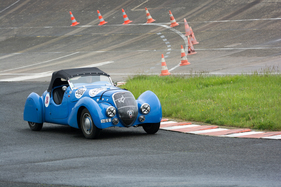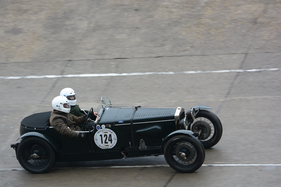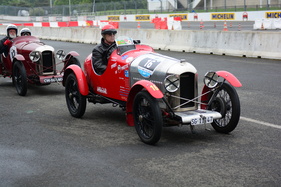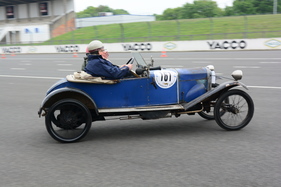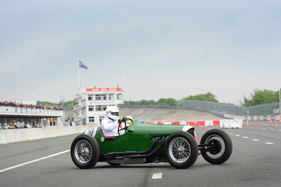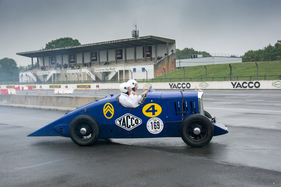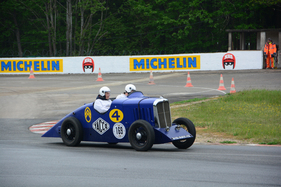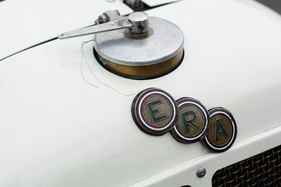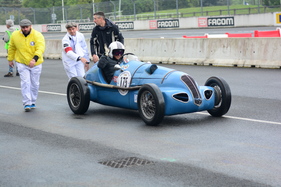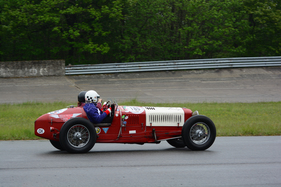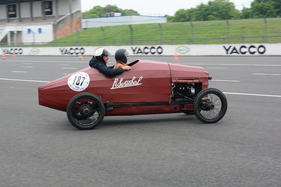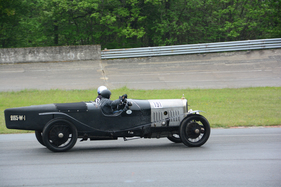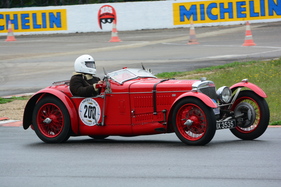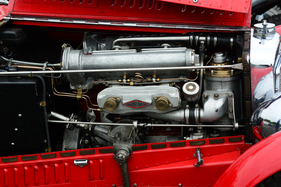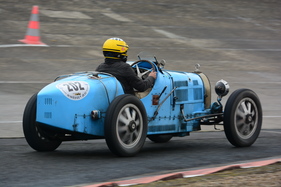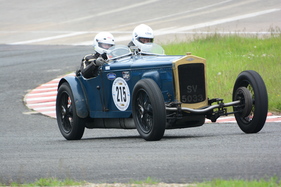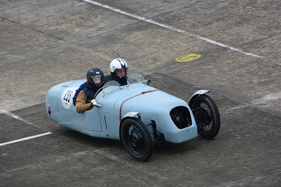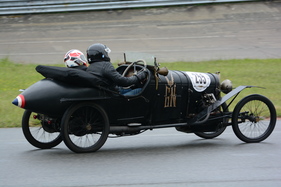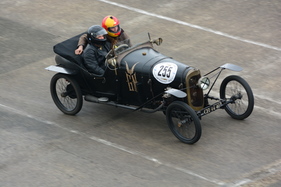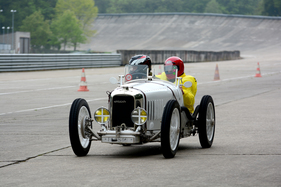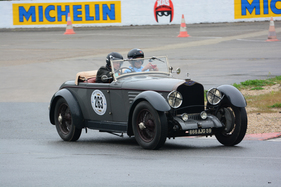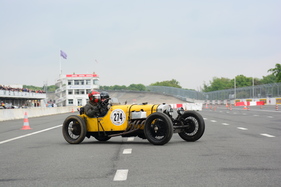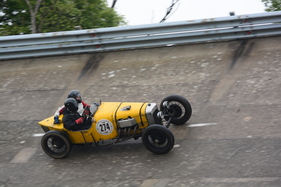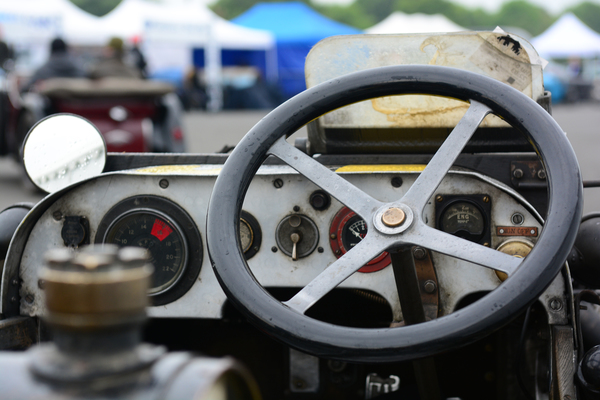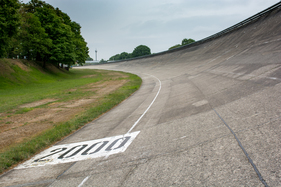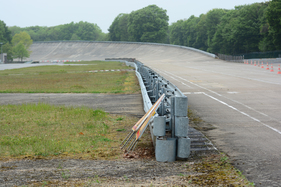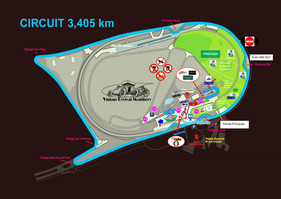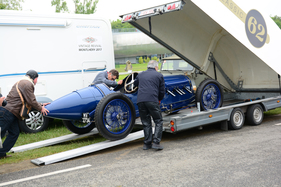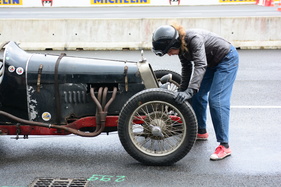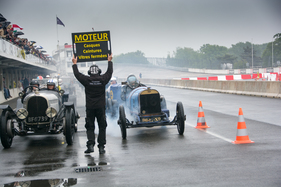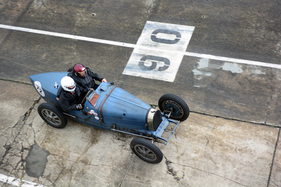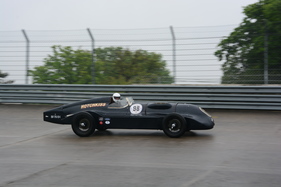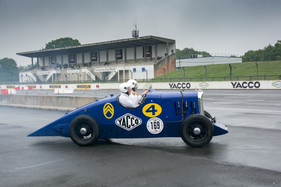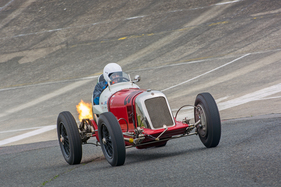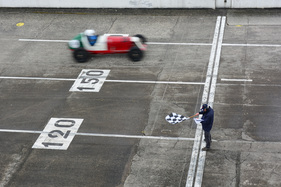The first weekend in May was all about the presidential elections in France. Everything? Not quite. In a suburb of Paris, the main protagonists were not Macron or Le Pen, but Bugatti, Delage or Amilcar. But non-Frenchmen such as Frazer-Nash, Maserati or Morgan were also a topic.

On the historic Linas-Montlhéry racetrack, south of Paris, participants and spectators at the 4th Vintage Revival were exclusively interested in pre-war vehicles. Those who drove through the underpass into the indoor area turned back the clock and immersed themselves in the world of pre-war motorsport.

The Linas-Montlhéry Autodrome provided the ideal backdrop for this unique event. The event has been held every two years since 2011. While the first editions were held in an almost intimate setting, spectator interest was already very high on May 6 and 7, 2017.
The start list had also grown considerably. Over 450 cars, three-wheelers and motorcycles from the years 1903-1939 completed their laps on the epochal racetrack with its two huge banked turns.
Record-breaking drives in Montlhéry
Built in 1924, the circuit set new standards at the time. Two huge banked turns with a diameter of 500 meters (!) are connected by two straights with a length of 180 meters, resulting in a track length of 2548 meters. At the time, the track allowed an average speed of 220 km/h, as long as the drivers stayed on the top edge of the track. The track was therefore predestined for long-distance or speed records, which was popular with both the up-and-coming car industry in France and vehicle manufacturers from nearby England.
In 1929, for example, an aerodynamically designed Hotchkiss AM 80, driven by an amateur team, set 33 new class records in Montlhéry in 16 days. It covered 65,000 km without any major defects. Hotchkiss used this as the basis for the advertisement "Around the world in 16 days".
A few years later, in 1933, Citroën sent the "Petite Rosalie" onto the track. The car was based on the standard Rosalie 8CV model and set the world record for the greatest distance and longest running time. In a period of 134 days, "Petite Rosalie" covered 300,000 km on the Montlhéry line. This results in an average speed of 93 km/h. Both vehicles, Citroën "Petite Rosalie" and the Hotchkiss AM80 Record Car were on display in Montlhéry in 2017.
Many forgotten brands
In 2017, things were naturally more relaxed and without record attempts. Most of the drivers arrived on Friday afternoon, set up on the site and completed the obligatory vehicle inspection. In addition to the technical inspection, there was always time for a chat between drivers and officials. Everything seemed relaxed and informal. The scene knows each other.
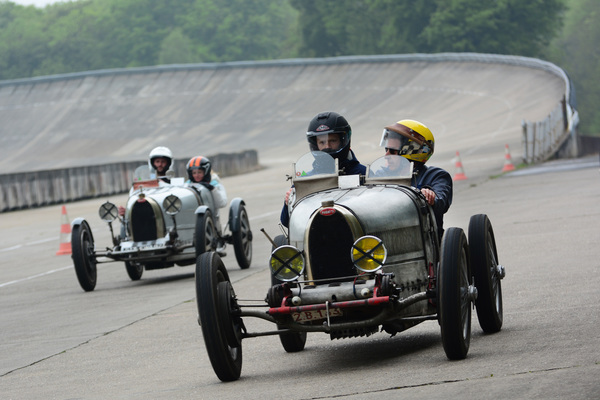
Probably nowhere else is the density of Bugatti, Amilcar or Frazer-Nash greater than at the Vintage Revival Montlhéry. Even connoisseurs of the scene are amazed at the variety of vehicles and brands. Who remembers manufacturers such as Oméga, Alcyon or Ratier?
Between 1919 and 1930, there are said to have been 360 manufacturers of passenger cars in France alone. Many of these manufacturers have disappeared into oblivion. Most of them were small companies or workshops that only built a few vehicles in their history.
Drizzle
A cool wind blew on Saturday morning and drizzle soon set in. The cars and three-wheelers were divided into eight fields of 30 to 40 vehicles each. The first field (Plateau) was released onto the track at 09:00. The race was run in a clockwise direction. This was in contrast to earlier, when the course with both banked turns was driven in an anti-clockwise direction.
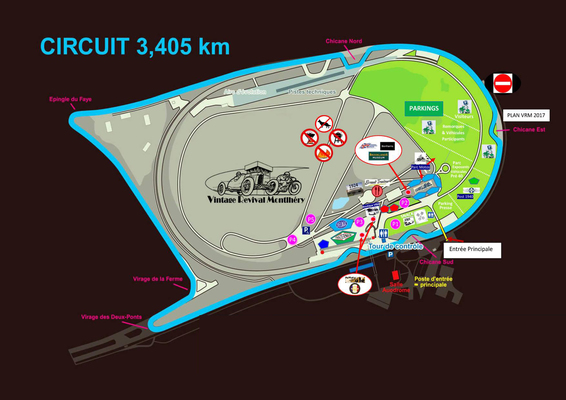
At the Vintage Revival 2017, only one banked curve was integrated into the track layout. The second bend was bypassed on the outside so that the track could be extended, which was certainly an advantage given the large starting fields.
Busy and slippery track
While one field was completing its 15-minute run, the next plateau was already lined up in the pit lane. This meant that one field after the other was sent out onto the track almost non-stop. Due to their age, some of the vehicles lost a little oil from time to time, which, together with the rain, led to a very slippery track. This made the track conditions very tricky, especially for the 200 motorcyclists.
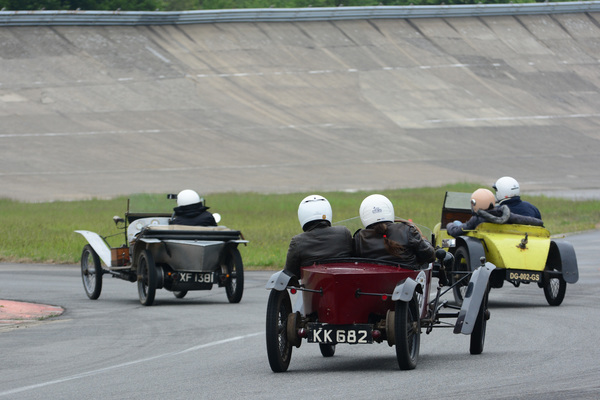
But the four-wheel drivers also had great difficulty in transferring the power of their engines to the road. Despite their age, some of these cars have very powerful engines. At the exit of the north chicane, during the acceleration to the steep wall bend, it was easy to see how the drivers struggled with spinning wheels and vehicles breaking away.
Breaks and brightenings
There was a short break at lunchtime. This was also an opportunity to eat something or take a look under one or two hoods. The past decades have left their mark on many of the vehicles. It is striking how the patina is displayed with dignity. The rain finally stopped on Sunday afternoon and so the last of four races could be completed on a dry track.

A worthy conclusion to a fantastic event which actually only has one flaw - unfortunately it only takes place every two years. Fans should make a note of the date in 2019 ( 11 and 12 May) in their diaries, as should Alfa Romeo and Morgan drivers, as they will be honored in a special way.





